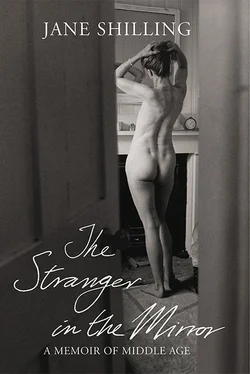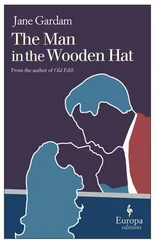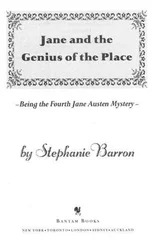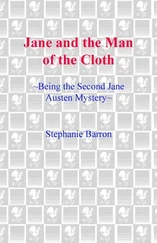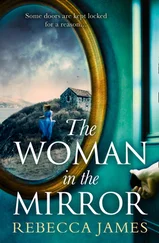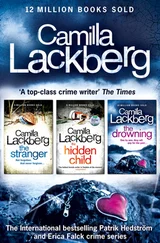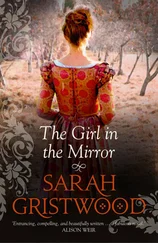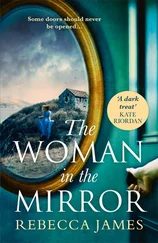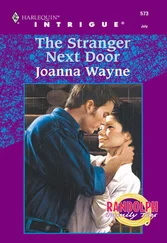In the television schedules, programmes on the restoration of shabby, run-down old houses were outnumbered only by programmes on the restoration of shabby, run-down middle-aged women. The main difference between the two was that the presenters of the house restoration programmes seemed to regard their projects with a certain tenderness, even before their renovation, while the people in charge of the human makeovers seemed specially picked for their ferocious manner towards their charges.
They rampaged through their wardrobes like updated versions of the dreadful Scissor-man in the nursery rhyme, brandishing huge pairs of dressmaker’s shears with which they cut their victims’ favourite old clothes to shreds; they made them strip to their underwear in front of 360-degree mirrors, then grasped their sagging breasts and hoisted them into the air, to show the improvement that proper corsetry might make.
They chivvied their victims out of their shapeless monochrome garments and stuffed them into control pants and fitted ensembles in cheerful bright colours. Their universal ideal of perfection seemed to be a flared skirt or bootcut trousers worn with mid-high heels and a tightly fitted short jacket, low-cut to show to best advantage the newly uplifted cleavage, saucily embellished with a dangling paste jewel. ‘Soooo sexy,’ was their constant refrain, as though the primary purpose of women’s clothes was to express the sex appeal of the body inside them.
I watched these programmes at first with derision and later with pity. I was taken aback by the humility of the women who submitted themselves to the makeovers. I longed for them to snatch back their treasured old garments from the snipping shears, or for one of them to rebel and tell the presenters (like the popular school bullies whom everyone fears and wants to be friends with, I thought they were, with their queasy mixture of insults and caresses) exactly what she thought of their hateful formula of control pants, uplift bras, high heels and garish colours. Above all, I wanted to someone to say that clothes are about more than sex.
All my life I had loved the expressive mutability of fashion. I was intrigued by garments as artefacts, by the mysterious energy of them, and by the technical business of making them. The desire I felt when choosing a dress or a pair of shoes was the same that I experienced when I bought a chair or a picture, or picked up a stone, a shell, a feather or a dead leaf when I was out walking. I relished the negotiation of choosing some object or another which would, once it was mine, assume the responsibility of acting as my interpreter.
I had always relied on my clothes to make up stories about me – as fantastical and mendacious as possible. I trusted them to take on the world in a way that I felt my plain undecorated person could not. What I did not require of my clothes was that they should act as my pimps or panders. No doubt some erotic transaction was involved when, in my twenties, I dressed up as Vita Sackville-West in land girl’s breeches and boots, as Patti Smith in my boyfriend’s old school suit, as Nancy Cunard in leopardskin and bangles like weapons. But I felt that it was a private one between me and my clothes. The purpose of the fancy dress was narrative, rather than advertisement.
Occasionally I did contrive to look sexy, despite myself. ‘You can join my regiment any time you like, hen,’ said a burly sergeant of the Black Watch, following me up the stairs of an Edinburgh bar which I was ascending in a Black Watch tartan miniskirt, fastened with little mother-of-pearl buttons, that I had bought with the pay packet from my first proper job.
A few years later there was a combination of white jeans, heavy silver belt and navy voile shirt that induced a young man to ask me out to tea when he fell over me in Blackwell’s music shop one summer afternoon in Oxford. But when this sort of thing happened it was generally by accident. I had no clear idea of what constituted a ‘sexy’ outfit and in any case I was inclined to think that when my true love came along, he would see past the gypsy queen finery to the naked person within, and love that.
There must once have been a time when I didn’t notice what I or anyone else was wearing, but I don’t recall it. I even imagine that I remember wearing my christening dress – white rayon satin with the eerie, dead-white sheen of uncooked meringue, smocked in pink and blue with imitation pockets, pearl-buttoned, lace-edged – but this must be a memory confected from seeing pictures of my baby self wearing it. At any rate, from an early age I relied on clothes to do the hard work of self-expression. There was something miraculous, I thought, in the way you could slide into a dress like a spirit creeping into an inanimate body; become someone else at the buzz of a zip and the snap of a press-stud.
At intervals during my childhood, packages would arrive containing outgrown clothes that had belonged to an older cousin. Her taste, which ran to the fancy, exactly coincided with my book-fostered vision of myself as an orphan princess. Out of the brown-paper parcels sprang a hand-me-down puff-sleeved party dress of blue nylon net spangled with white flock snowflakes; another of crimson velvet with mother-of-pearl buttons and a collar of handmade ecru lace, and a full-skirted day dress of white cotton pique with bands of rose and dove grey, and pointed, rose-piped sleeves like vestigial wings.
Like the heroines of my storybooks, I was entranced by fabric and cut – perhaps because, like them, clothes were the only visual aesthetic experience I knew, besides nature. I relished with the child Laura Ingalls the dresses that her Ma and aunts Ruby and Docia put on to attend the sugaring-off dance in the Big Woods of nineteenth-century Wisconsin. Ma’s dark green delaine with a pattern of strawberries and knots of green ribbon; Aunt Docia’s dark blue, sprigged with red flowers and green leaves, with buttons like juicy blackberries that Laura longed to lick; Aunt Ruby’s wine-coloured calico with a feather print in a lighter wine colour and gold buttons carved with a little castle and a tree.
I suffered with Pauline Fossil and Meg March the vicarious humiliation of threadbare velvet audition dresses and limp tarlatan party frocks, and noted for future reference the ingenuity of Sandra in The Swish of the Curtain , who buys ten yards of cheap lining material to make into a huge-skirted ball gown. It looks dreadful in daylight, but under artificial light is transformed into an ethereal cloud of silvery pale-blue.
In my everyday life I began to develop a critical eye for the clothes of grown-ups. Mrs Turner, the headmistress of my primary school, who was tall and slender with dark curls and bright dark eyes, glittered with a quality that I had not yet learned to call chic. In the winter she sometimes wore a narrow, clinging jersey dress of black and tawny horizontal bands that made her look sharp and dangerous, like an elegant wasp. For summer she had a dress with a tight bodice, a square neck and a vast skirt in white cotton satin printed with large blue roses that I thought simply beautiful.
In a different way I could see that my shilling grandmother, with her furs and ever-changing hats and good jewels, also had a distinctive sense of style. Alone among the other adult women in my world – the teachers, dinner ladies, friends’ mothers and Sunday-morning church ladies – Mrs Turner and Grandma shilling had clothes that said something about their own essential Mrs Turnerishness and Grandma Shillingness. The blue-rose dress could hardly have been less like the striped wasp dress in style, but each had an insolent wit, a quality of dash, that was the essence of Mrs Turner.
My grandmother’s furs, some with beady glass eyes and mummified claws still attached to their dangling limbs, gave off a faint feral smell beneath the grandma scent of powder and dead-rose potpourri, as though they might nip back to the wildwood, given half a chance. The biting spark of a diamond, the musky animal tang, revealed something about my grandmother, something wilful and instinctive, a glint of whiskers and sharp teeth beneath the old-lady uniform of hat, gloves and handbag, that contrasted strangely with the stately rhythm of her life, of spring cruises to Madeira and Sunday afternoon runs down to the front at Hastings beside my grandfather at the wheel of the great, grey, rolling Rover.
Читать дальше
